WISCONSIN BLACK COWBOYS ASSOCIATION: REDEFINING MILWAUKEE'S URBAN LANDSCAPE & IDENTITY (Part 1)
In fall 2011, I had the great pleasure of meeting members of one of Milwaukee's most unique cultural organizations, the Buffalo Soldiers and Black Cowboys Association. Their headquarters, stationed at the N.E. intersection of 31st & Brown, is a bustling center of social activity in the Walnut Hill neighborhood. The organization initially attracted my attention with its brightly colored facade, beautiful mural and its Cowgirl Kitchen chuck wagon-style trailer parked outside, selling a variety of foods on a spring day in 2010. Headed by Mr. Isaac Steele (proprietor of Steele's Professional Welding at the same location), the group is positioned in the heart of an area self-defined as "Milwaukee's ghetto" to implement an affective mentorship program that reaches young males in the community. As part of this long-term project to document their history and relationship to Milwaukee's complex urban environment, I spoke with member Kenneth Petty (pictured below) about how he came to be a member of the organization and the relevant role he feels it plays in his community. Please listen below to hear more about the neighborhood and Kenneth's story, expressed in his own words.
(This is the first installment of the project. There is more to come!)
Kenneth: Black Cowboys Member Portrait by edorbs 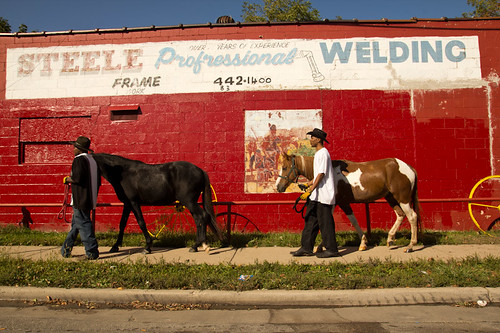 |
| Buffalo Soldiers & Black Cowboys Members Pictured L-R: Rockney and Hard Time, Kenneth and Red Dog. While the horses are stabled at a ranch in Franklin, the cowboys work and hold gatherings at Mr. Isaac Steele's welding business at the intersection of 31st & Brown in Milwaukee. |
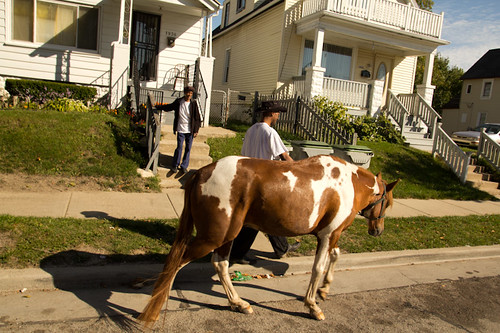 |
| Kenneth walks Red Dog through the neighborhood of Walnut Hill while attracting residents out of their homes to get a closer look. Photos courtesy of Erik Ljung Photography. |
WANT MORE INFO ON THE BLACK COWBOYS?
Below is a recent article published in the Shepherd Express by historian and project partner Matthew J. Prigge:
Of all the things one might expect to find in the Walnut Hill neighborhood, a narrow strip of Milwaukee's severely blighted West Side, a band of rugged and ready men on horseback is probably not one of them. But to Walnut Hill residents, these cowboys are a familiar and welcome sight. Headquartered at a Western-themed welding shop at 31st and Brown, the Wisconsin Black Cowboys and Buffalo Soldiers Association is carrying on the little-known legacy of the black West in the unlikeliest of settings. But while these cowboys might seem out of place in the heart of Milwaukee's inner city, it is there where they are needed most.
Walnut Hill sits along what was once a great industrial corridor in the city. Up and down the old Wisconsin & Southern rail line that borders the neighborhood, factories once dotted the landscape. Metal polishing shops, sawmills, even dairy co-ops were all once within walking distance of the area, providing jobs and security for the community. But over the past 40 years, nearly all of these plants have been closed and their jobs lost. During that time, the area's poverty rate has spiked, today nearing 50%, while the percentage of Walnut Hill adults with a high-school diploma has plummeted, now standing at just half of the city's average.
But against this backdrop, one man sees hope. Isaac Steele cuts a classic cowboy figure in his open-collared Western shirt and low-slung, coal-colored Stetson. Steele is a third-generation member and president of the Black Cowboys and Buffalo Soldiers Association. His grandfather founded the groups nearly 100 years ago as a way to honor African-American contributions to the history of the American West and the fabled Buffalo Soldiers, the all-black regiments in the U.S. Army. Steele brought the association north with him when he moved from his hometown of Greenwood, Miss., to Milwaukee in the 1970s. While the environment in which he practices his cowboy lifestyle is far different from that of his ancestors, his cowboy ways of hard work, justice and community betterment are essentially the same.
Steele seeks to instill personal responsibility and leadership skills in the young people of the neighborhood through the rugged work of the ranch. With so many of the area's young men growing up without a male role model, the cowboys offer guidance and the chance to return to their culture's agrarian roots. Beyond offering them the chance to work at their rural Milwaukee County stables, the cowboys preach an anti-drug and anti-gang message to the area's young people. They also thrill them with tales of the black West, often opening up doors to an aspect of black culture people never knew existed.
Although they use stables outside of the city, the cowboys bring their horses into the neighborhood several times a year, often giving local kids their first close-up experience with the animals. In recent years, after a girl had gone missing in the area, the cowboys mounted more than 20 members on horseback to help in the search. By foot, the cowboys work with local police to keep drug pushers and deadbeat landlords from Walnut Hill. This past summer, a group of cowboys chased down a man who had stolen a van from the welding shop, even tying him up until the police arrived.
"I've spent 20 years cleaning up the neighborhood," Steele says. "We've had trouble, but we've gotten a lot done." Steele says he once almost left the city for the relative peace and quiet of rural living. He was ready to go, even had his things packed up. "But I couldn't do it. I felt guilty about leaving," he says. "Milwaukee still needs me. The ghetto still needs me."
Matthew J. Prigge is a historian and co-founder of Hey Man, Cool! Digital History Productions (HMC). HMC is at work on a multimedia documentary on the Black Cowboys that will debut in 2012.

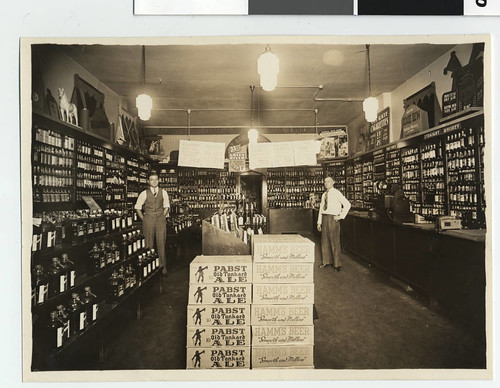
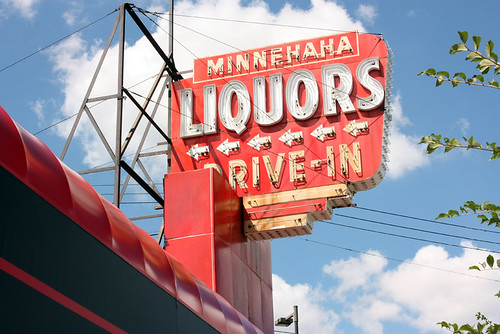
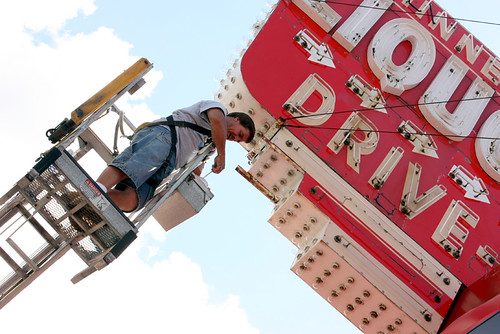
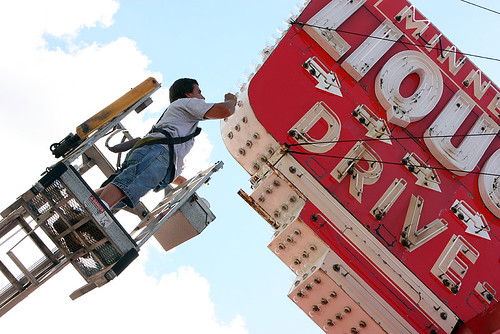


 Continuing through the exhibit, I found myself turning my gaze more and more toward the brick walls of the old mill building instead of the freshly painted walls of LeWitt. At some point I stopped, after a quick glance at a wall covered in pencil lines, and turned my back to it, to stare at the peeling paint and stains on the bricks left from an old staircase no longer there. I began to see the LeWitt walls as mere contrast, the backdrop to the art that is Mass-MoCA Building #7. I was also thankful for the windows. By the time I reached the third floor, my eyes were exhausted, and coming around that last wall in the back corner to finish the show with the bang of Loopy Doopy (orange and green,) it was a relief to turn away from the retina-burning colors, and peer out the window to the gray sky and snow covered grounds of the old mill.
Continuing through the exhibit, I found myself turning my gaze more and more toward the brick walls of the old mill building instead of the freshly painted walls of LeWitt. At some point I stopped, after a quick glance at a wall covered in pencil lines, and turned my back to it, to stare at the peeling paint and stains on the bricks left from an old staircase no longer there. I began to see the LeWitt walls as mere contrast, the backdrop to the art that is Mass-MoCA Building #7. I was also thankful for the windows. By the time I reached the third floor, my eyes were exhausted, and coming around that last wall in the back corner to finish the show with the bang of Loopy Doopy (orange and green,) it was a relief to turn away from the retina-burning colors, and peer out the window to the gray sky and snow covered grounds of the old mill.